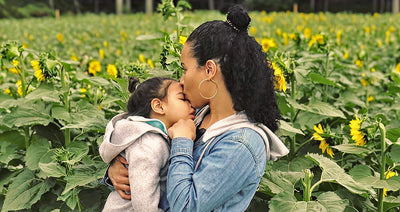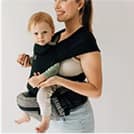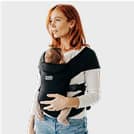









Gift Card
- Free shipping on $60+
- Fast returns
- Safe & secure checkout
Description
Shopping for someone else but not sure what to give them? Give them the gift of choice with a Tushbaby gift card.
Gift cards are delivered by email and contain instructions to redeem them at checkout. Our gift cards have no additional processing fees.







